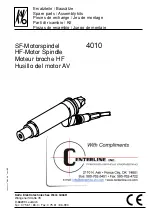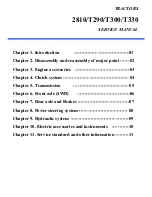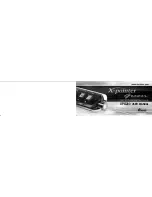
215333
104
Revision A
1018518
A
Figure 3.129: Conditioner Drive
9.
Ensure the threads on four bolts (A) are clean and free of
lubricant.
NOTE:
Only three of the four bolts are shown in the illustration.
10. Apply medium-strength threadlocker (Loctite
®
242 or
equivalent), and tighten bolts (A). Torque to 95 Nm
(70 lbf·ft).
3.16.4
Adjusting Forming Shields
–
Roll Conditioner
WARNING
Keep everyone several hundred feet away from your operation. Ensure bystanders are never in line with the front or
rear of the machine. Stones or other foreign objects can be ejected from either end with force.
The forming shield position controls the width and placement of the windrow. Consider the following factors when setting
the forming shield position:
•
Weather conditions (rain, sun, humidity, and wind)
•
Type and yield of crop
•
Available drying time
•
Method of processing (bales, silage, and green-feed)
A wider windrow will generally dry faster and more evenly, resulting in less protein loss. Fast drying is especially important
in areas where the weather allows only a few days to cut and bale. A narrower windrow may be preferable for ease of
pick-up and when drying is not critical (for example, when cutting for silage or green feed).
Positioning Forming Shield Side Deflectors
–
Roll Conditioner
The position of the side deflectors controls the width and placement of the windrow. To ensure windrow placement is
centered between the carrier wheels, adjust the left and right deflectors to the same position.
WARNING
To avoid bodily injury or death from unexpected startup of the machine, always stop the engine and remove the key
from the ignition before leaving the operator
’
s seat for any reason.
















































